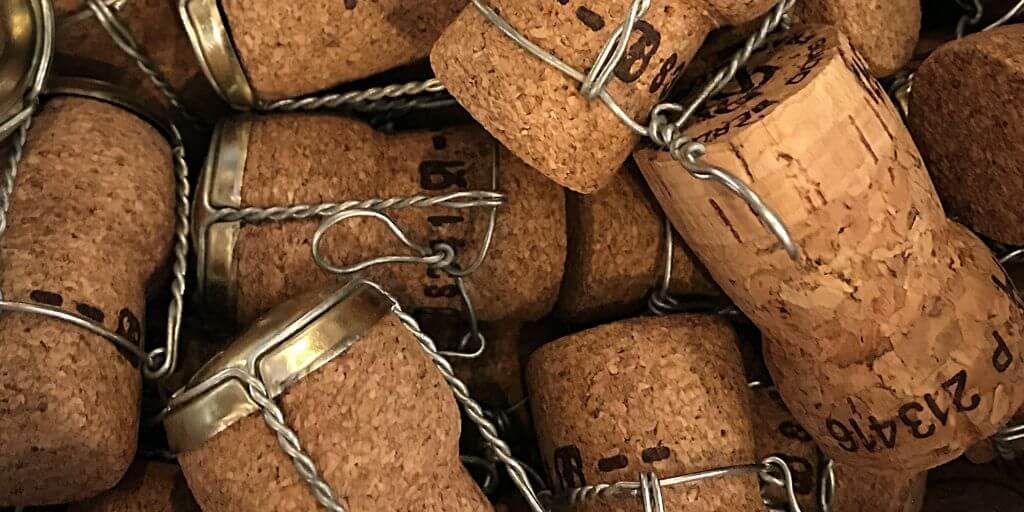
The M. Chiquet is a circular metal cap, made of embossed, varnished lithoprinted, or
electrolytic tinplate, used to secure the cork in the champagne bottle. It also serves
as a label, allowing consumers to identify the bottle by colour. It is safe for the
consumer to open. Here are the various kinds of champagne caps, and their
functions. Listed below are some of the most popular ones:
Jacquesson's Tinplate
In the late 19th century, Adolphe Jacquesson filed a patent for a method of cork
tying that involved inserting a tinplate cage between the cork and the ties. Tinplate
had been used in the cellars to reflect light from light wells. Other inventors followed
suit, including O. Delagrange, who patented a system of agrafes and metal clips.
Jacquesson’s muselet was patented in 1844. It consists of a lower ring surrounded
by four wire legs that are 52 centimetres long and can withstand the pressure inside
a champagne bottle, which is about 5 kilogrammes per square centimetre of glass.
The cage is constructed using mild steel, a material that is inexpensive and durable.
A Jacquesson’s tinplate wire cage sits snugly over the cork of a champagne bottle. It
protects the cork from falling out during the opening process and ensures a perfect
seal. The cage is a remarkably simple piece of equipment, but it has a long history.
Its invention has a rich history and is still used to protect fizzy drinks.
Dom Perignon's Invention of the Muselet
The muselet is a wire cage that protects the cork during the dosage process of
champagne. During this process, the wine is chilled before it is poured into a
champagne bottle. Once chilled, the muselet prevents the cork from popping off the
bottle. This feature has become popular, and many bottles of champagne are sold
with this feature.
In 1639, Pierre Perignon was born in the small village of Sainte Menehould, Marne.
He joined the Benedictine Monastery of Saint Vanne at the age of seventeen. At the
age of 29, he was transferred to Hautvillers Abbey, which had fallen into disrepair.
When he arrived, he immediately revitalized the vineyards.
The muselet was first used to protect the cork from blowing out during the
fermentation process. In 1531, the good brothers of Saint Hilaire had begun to
produce sparkling wine using a technique called the “methode rurale,” or ancestrale.
Before that, the wine was kept in flasks with cork plugs, which were made from the
bark of cork trees in Spain.
Rene Lebegue's Contribution to the Muselet Design
A mechanical engineer, Rene Lebegue worked for Moet & Chandon in Epernay in the
late 1930s and was a major contributor to the muselet design of champagne bottle.
After the war, he returned to his old job and was responsible for reviewing the
House’s use of a wire cage. In the process, he was awarded the Grand Prix de
Champagne in 1938.
Correct Way to Open a Champagne Bottle
There is an etiquette and correct way to open a champagne bottle. The cork must be
held away from the body of the bottle and not covered when you press it with your
thumb. To open a wine bottle, hold the bottle at an angle of 45 degrees. You can use
your thumb to guide the cork out of the bottle. Then, twist the bottle slowly. You will
hear a hissing sound as you twist.
Hold the bottle at a 45-degree angle and apply increasing pressure to the cork cage.
The cork should pop once you twist it. To make sure you do not pop the cork, use
your dominant hand to hold the bottle and avoid pointing it at anyone. After popping
the cork, tilt the bottle at a 45-degree angle and pour the champagne into a flute or
coupe glass. You may now enjoy your champagne.


